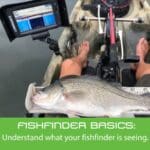Order by 3 PM CT for Same-Day Free Shipping (Lower 48 | Mon-Fri)
Understanding the basics of your fishfinder can really make the difference when fish appear to be there but you can’t seem to get them on the bite. Brisbane based pro-staffer Scott Bryant shares some of his tips around understanding a couple of the key functions on a fishfinder that help him to understand where the fish are and how to target them using the info that your fishfinder captures.

The conversation surrounding sounders/fishfinders has been going on for many years now. How do you use them, are the expensive ones any better than the cheap ones or do you even need one at all. Yes it’s true you can catch fish without a sounder but if you want to get the most out of your fishing or turn some of those tough days into productive days then a quality sounder is a must.
A quality sounder will not only help you find the fish but with a little understanding of what you’re seeing it will also help you to understand the environment your fishing, what the fish are doing and how to target these fish in different situations.
Everyone using a sounder should be familiar with this function. It’s the basic system that all sounders use, it uses a colour representation to show differences in bottom structure and density and objects in the water column including fish.
Even though it’s old technology it is still one of the most useful and important functions to have. Using downscan you can identify things like rocky or sandy bottom, weed beds, trees and of course fish. With some practice you can also use it to help identify the species your targeting, whether they’re actively feeding or just hanging around and within reason, the size of the fish your seeing.
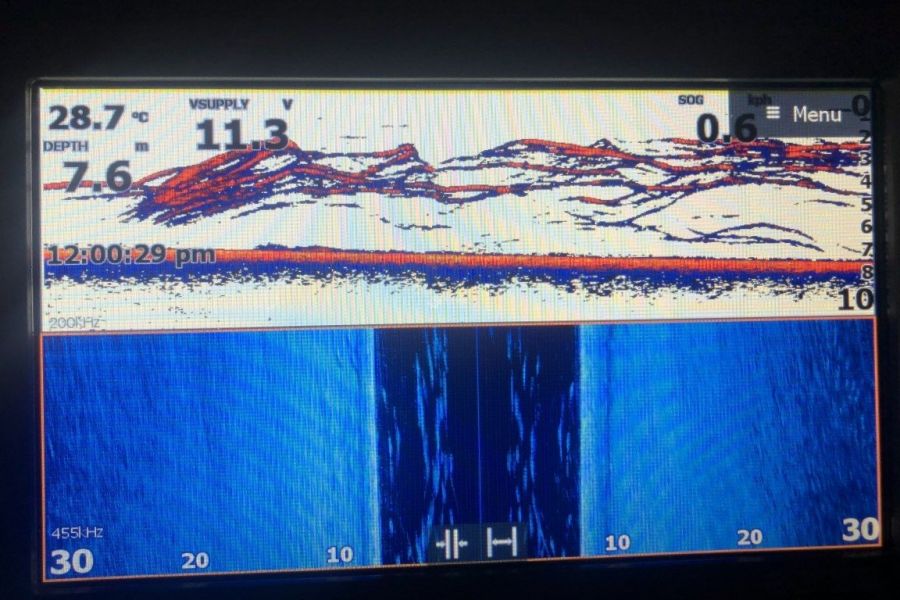
The downscan (Top screen) here clearly shows the school of fish, in this case, they were Australian bass.
Downscan is great but it’s not much help when you can’t find the fish.
This is where sidescan comes into its own, using sidescan you can actively search for fish outside the range that traditional downscan offers.
I personally like to set my sidescan to 30m, this giving me a 30m view either side of the area I’m fishing.
Using this technique you can actively search for individual fish or schools that you would not otherwise see, from there its easy enough to motor, peddle or paddle over to that area and start using your downscan again to look for the fish.

The circled area shows fish that on traditional downscan I would not have seen.
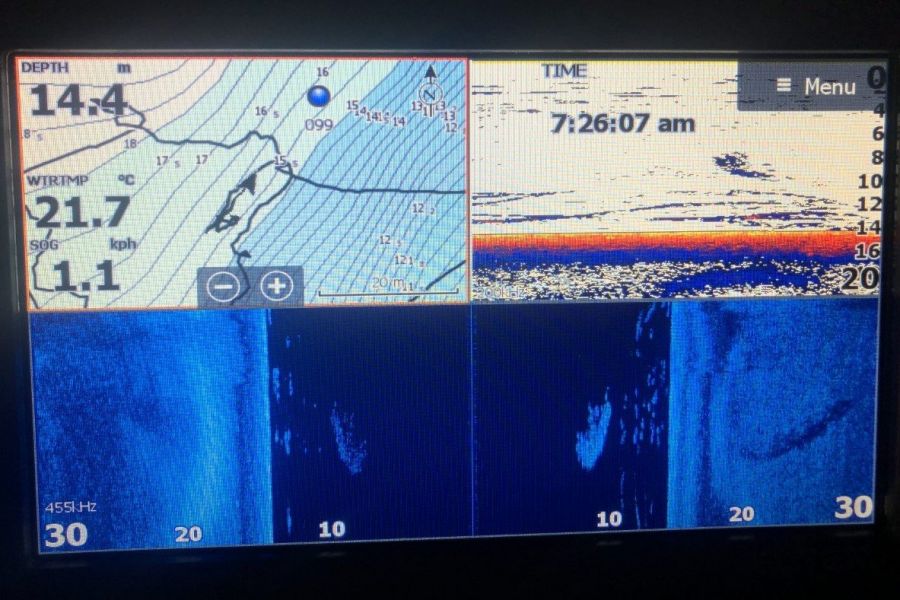
Move over a few metres and the fish start to show up on downscan, I would have missed these fish if it wasn’t for the sidescan function.
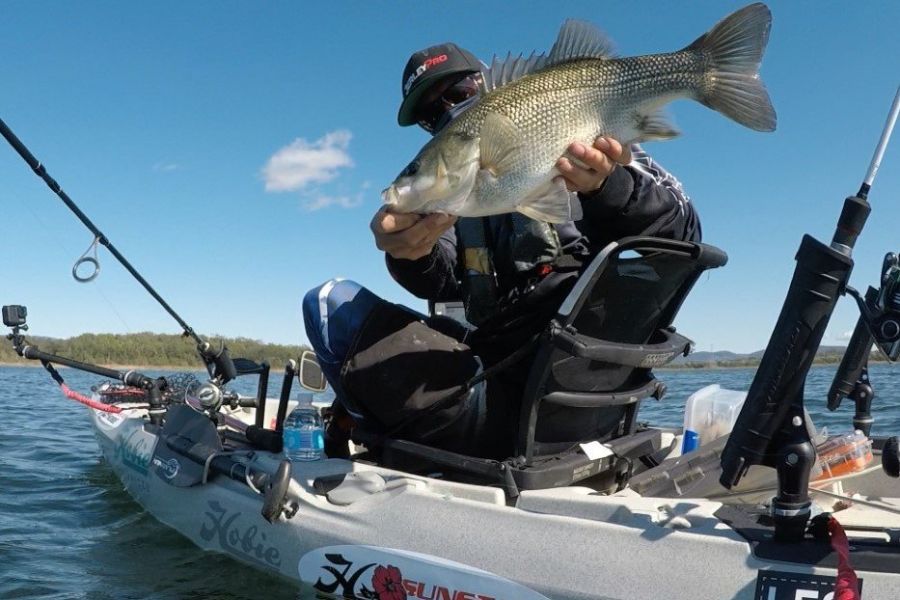
One of the fish from the school I found on the sidescan.
Why are maps so important? Well, there’s nothing worse than doing all the hard work then drifting off the fish and having to start again, therefore wasting precious fishing time. With maps, you can mark your position within a few metres so if you do happen to drift off all you need to do is bring your maps up, check your mark and head back over the top of the fish.
Yes, it’s really that easy.
The other bonus to marking your spots on your maps is next time you go fishing, instead of having to work around and find the fish again you already have a starting point. Go out, check your marks and hopefully the fish will be there again.
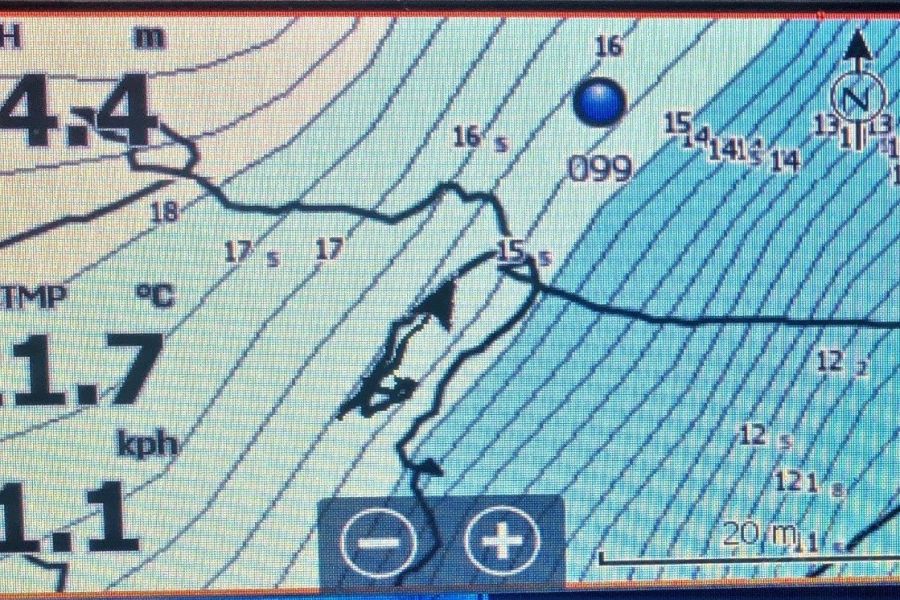
So at the end of the day yes it’s true, you don’t need a sounder. But by having a quality sounder and having the basic knowledge on how to use it is always going to increase your chances of finding and hopefully catching more fish.
Like more Trip Reports & Tackle Tips? Sign up to our Newsletter for regular updates HERE
Find out more about Scott and read some more of his articles HERE
